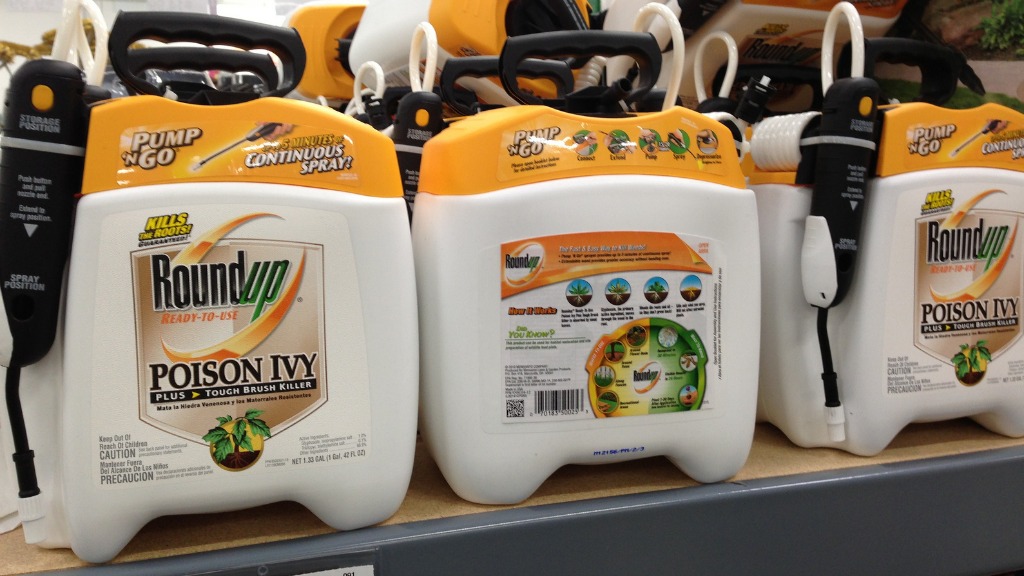Earlier today, we posted a brief item in Grist List about a new study reporting that the herbicide glyphosate has come to permeate air and rainfall in the Mississippi Delta.
That study is alarming in itself, assuming you don’t relish having a weed-killer atmosphere. Glyphosate, a.k.a. Roundup, has become a massively used chemical in Big Ag farming, in good part because it’s the cornerstone of Monsanto’s GMO business. The company’s “Roundup ready” crops are designed to take a glyphosate dousing and keep on growing. That works fine for a while — until glyphosate-resistant weeds start sprouting, at least; but it can also lock farmers into a cycle of dependence, which is why the whole program has been dubbed “agricultural heroin” by some.
Unfortunately, in seeking to explain why we might not welcome our new glyphosate overlords, we went looking for information about glyphosate’s toxicity and health risks, and we fell for a bit of junk science that we should have steered clear of. We linked to a paper — “Glyphosate’s Suppression of Cytochrome P450 Enzymes and Amino Acid Biosynthesis by the Gut Microbiome: Pathways to Modern Diseases” — that has been widely debunked, for instance here. (As that post points out, any paper that uses a phrase like “exogenous semiotic entropy” ought to set off alarm bells.) We should have known better — particularly since we’ve recently run some in-depth coverage of glyphosate as part of our Panic-Free GMO series.
We’re sorry. The post was up for only a few hours before we corrected it and removed it from our homepage and other listings. We’re not taking it down completely; rather than “disappear” the evidence of our goof, we’re laying it all out for you. Because that’s, you know, the right thing to do.



